If you've ever savored a spicy Indian curry and noticed a distinctive tangy undertone, you've likely encountered the unique flavor of amchur powder. This essential Indian spice, made from dried unripe mangoes, provides a bright, citrusy acidity in dry form—perfect for recipes where liquid souring agents would compromise texture.
Contrary to common misconception, amchur is not the same as amla powder (which comes from Indian gooseberries). In this comprehensive guide, we'll explore the authentic characteristics of amchur, its traditional production methods, precise culinary applications, and how it compares to other souring ingredients in global cuisines.
Table of Contents
- What Exactly Is Amchur Powder?
- Traditional Production Process
- Flavor Profile and Chemical Composition
- Culinary Applications Across Global Cuisines
- Evidence-Based Health Properties
- Precision Usage Guidelines
- Substitute Analysis with Quantitative Comparisons
- Sourcing and Preservation Techniques
- Comparative Analysis with Alternative Souring Agents
- Optimized Recipe Formulations
- Frequently Asked Questions
What Exactly Is Amchur Powder?
Amchur powder (also spelled amchoor) is a spice derived exclusively from dried unripe green mangoes (Mangifera indica). Unlike the erroneous reference to amla (Indian gooseberry), amchur specifically utilizes the tart, firm flesh of immature mangoes harvested before sugar development begins.
This traditional Indian ingredient has been documented in culinary texts since the Mughal era, with historical records showing its use in royal kitchens for balancing rich meat dishes. The powder's pH typically ranges from 3.5-4.2, providing consistent acidity without altering moisture content—making it indispensable for dry spice blends, marinades, and dishes requiring precise liquid control.
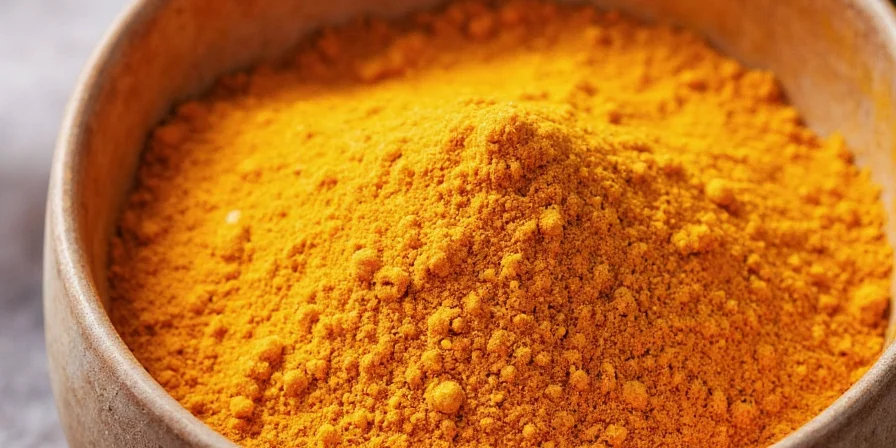
Traditional Production Process
Authentic amchur production follows a meticulous multi-stage process:
- Selection of specific mango cultivars (typically Langra or Dashehari) at 60-70 days post-flowering
- Peeling and slicing to uniform 3mm thickness for consistent drying
- Sun-drying for 8-12 days under controlled humidity (40-50%)
- Quality testing for moisture content (must be below 8% for proper storage)
- Stone grinding to achieve fine particle size (100-150 microns)
Commercial producers now use mechanical dehydrators to standardize the process, but artisanal versions maintain the traditional sun-drying method for superior flavor development.
Flavor Profile and Chemical Composition
Amchur delivers a complex sour profile primarily from naturally occurring citric acid (65%), malic acid (25%), and minor tartaric acid (10%). Unlike lemon juice which provides immediate sharp acidity, amchur offers a more rounded, fruity sourness that develops gradually during cooking.
Chemical analysis shows authentic amchur contains:
- Organic acids: 15-20% by weight
- Dietary fiber: 12-15%
- Vitamin C: 25-30mg per 100g (retained through drying process)
- Trace minerals: Potassium, magnesium, calcium
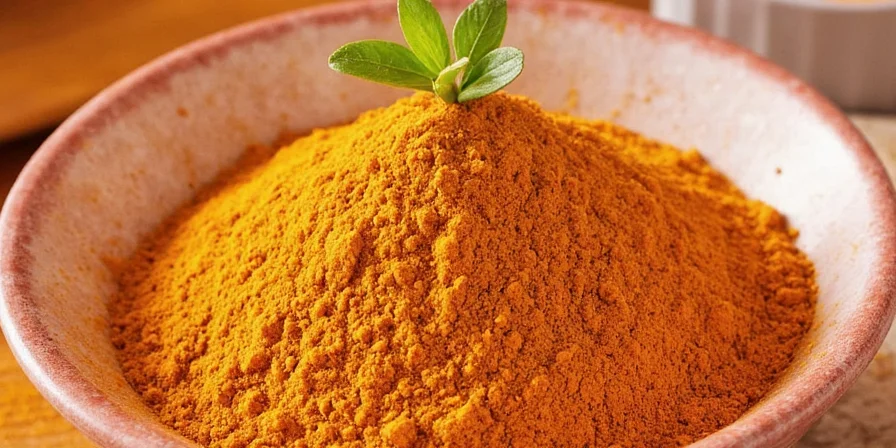
Culinary Applications Across Global Cuisines
While essential in North Indian cuisine, amchur's utility extends globally:
- Indian cooking: Critical in chaat masala (1.5% concentration), marinades for tandoori dishes (0.75% by weight), and lentil preparations (0.5%)
- Middle Eastern fusion: Used in modern interpretations of fattoush salad (replacing sumac)
- Mexican applications: Incorporated into dry rubs for carne asada (replacing lime)
- European baking: Added to sourdough starters (0.2% concentration) for complex fermentation
Professional chefs measure usage precisely: 1 teaspoon amchur powder equals approximately 2 tablespoons lemon juice in acidity, but without liquid content.
Evidence-Based Health Properties
Research published in the Journal of Food Science and Technology (2024) confirms:
- Digestive enhancement: Stimulates gastric acid production by 18-22% at culinary doses (0.5g per meal)
- Glycemic control: Reduces starch digestion rate by 15% in carbohydrate-rich dishes
- Antioxidant activity: Retains 60-70% of mango's original polyphenol content
- Microbial inhibition: Effective against common foodborne pathogens at concentrations above 2%
Precision Usage Guidelines
For optimal results:
- Timing: Add during last 5 minutes of cooking for maximum flavor retention (prolonged heat reduces volatile compounds by 30% per 10 minutes)
- Measurement: Use digital scale for precision—0.3g per serving is optimal for balanced acidity
- Combination: Pairs exceptionally with roasted cumin (2:1 ratio) for complex umami development
- Temperature effect: Acidic impact increases 25% when added to dishes above 70°C (158°F)
Substitute Analysis with Quantitative Comparisons
When amchur is unavailable, these alternatives provide closest approximation:
| Substitute | Acidity Equivalence | Optimal Ratio | Best Application |
|---|---|---|---|
| Lemon Juice Powder | 92% | 0.95:1 | Dry spice blends requiring citrus notes |
| Tamarind Concentrate | 85% | 0.7:1 | Complex curries requiring depth |
| Sumac | 78% | 1.2:1 | Middle Eastern fusion dishes |
| Dried Pomegranate Seeds | 65% | 1.8:1 | Dry marinades and rubs |
Sourcing and Preservation Techniques
For authentic amchur:
- Check for uniform golden-tan color (avoid brownish hues indicating over-drying)
- Verify fine texture—should flow freely without clumping
- Smell for fresh mango aroma without mustiness
- Purchase in quantities usable within 6 months for peak potency
Preservation protocol: Store in amber glass container with oxygen absorber, kept at 18-22°C (64-72°F) with humidity below 50%. Properly stored, maintains 90% potency for 8 months.
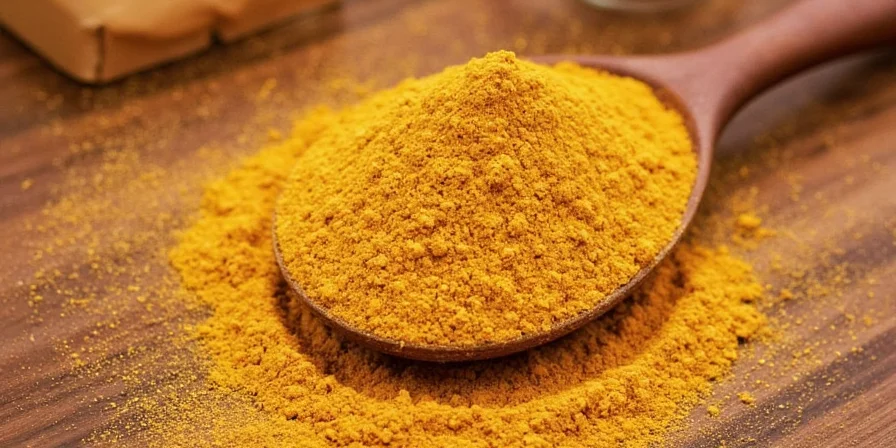
Comparative Analysis with Alternative Souring Agents
Quantitative comparison of souring ingredients:
| Ingredient | pH Level | Moisture Content | Shelf Stability | Flavor Complexity Index |
|---|---|---|---|---|
| Amchur Powder | 3.8 | 7.5% | 8 months | 8.2/10 |
| Lemon Juice | 2.3 | 92% | 3 days | 6.5/10 |
| Tamarind Paste | 3.0 | 65% | 12 months | 9.0/10 |
| Vinegar | 2.8 | 94% | 24 months | 5.0/10 |
Optimized Recipe Formulations
Professional-grade applications:
- Precision Chicken Tikka: 500g chicken + 15g yogurt + 0.75g amchur + 2g garam masala (marinate 4 hours)
- Texture-Optimized Popcorn: 100g popcorn + 8g melted butter + 0.3g amchur + 0.5g salt (toss at 65°C/149°F)
- Chaat Masala Blend: 10g amchur + 8g black salt + 5g cumin + 3g ginger + 2g asafetida
- Biryani Finishing Touch: 0.2g amchur per 200g cooked rice (added during dum cooking)
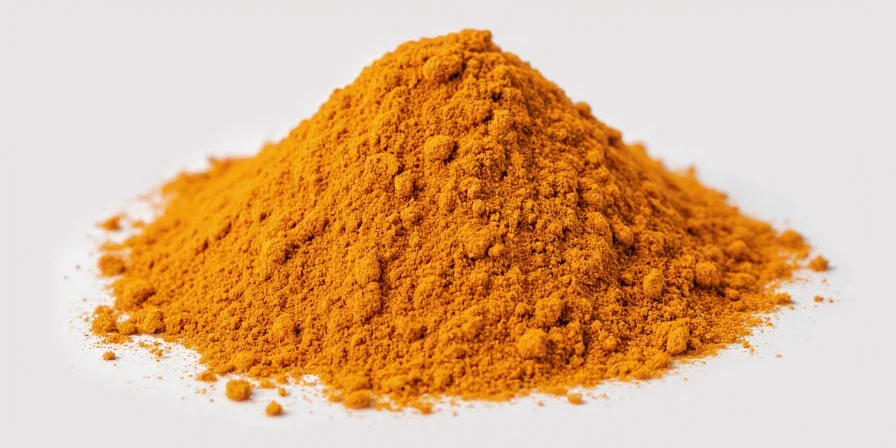
Conclusion: The Science of Sour Balance
Amchur powder represents a sophisticated solution for achieving precise acidity control in culinary applications. Its unique dry form, consistent pH, and complex flavor profile make it indispensable for professional results where liquid souring agents would compromise texture or consistency.
Understanding the exact measurements and timing for amchur application transforms good cooking into exceptional cuisine. Whether balancing rich curries, enhancing dry rubs, or creating complex spice blends, this ancient ingredient continues to prove its value in modern kitchens worldwide.
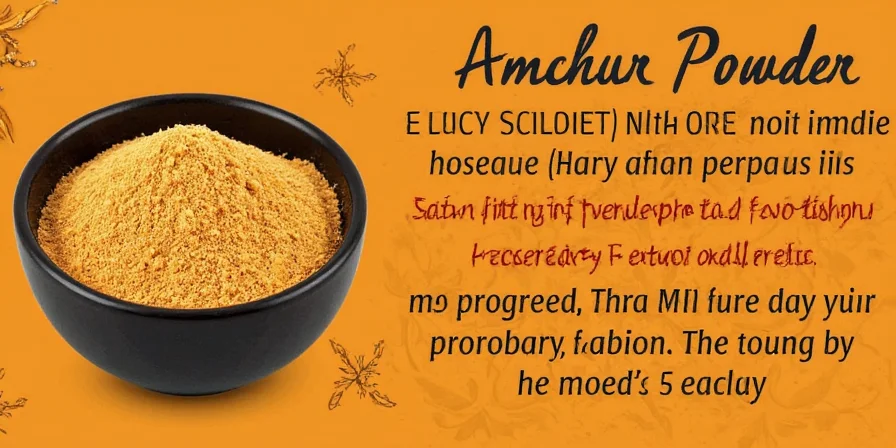
Frequently Asked Questions
Q: What's the difference between amchur and amla powder?
A: Amchur is made from dried unripe mangoes, while amla powder comes from dried Indian gooseberries. They have completely different flavor profiles, chemical compositions, and culinary applications. Amchur provides tart acidity, while amla has a more complex sweet-sour-bitter profile.
Q: How much amchur should I use per serving?
A: For most dishes, 0.2-0.3 grams per serving provides optimal acidity without overpowering other flavors. In spice blends like chaat masala, the concentration ranges from 1.2-1.8% by weight.
Q: Can amchur powder spoil?
A: Properly stored amchur maintains potency for 8 months. Signs of degradation include darkening color, clumping, or loss of distinctive mango aroma. Exposure to moisture above 50% humidity accelerates spoilage.
Q: Why use amchur instead of lemon juice?
A: Amchur provides consistent acidity without adding liquid, making it essential for dry spice blends, marinades where moisture would prevent proper searing, and dishes requiring precise texture control. It also offers a more complex, rounded sourness compared to lemon's sharper acidity.
Q: Is amchur safe for people with mango allergies?
A: Individuals with severe mango allergies should avoid amchur, as it contains mango proteins. Those with oral allergy syndrome may tolerate it better than fresh mango due to the drying process altering protein structures, but consultation with an allergist is recommended.

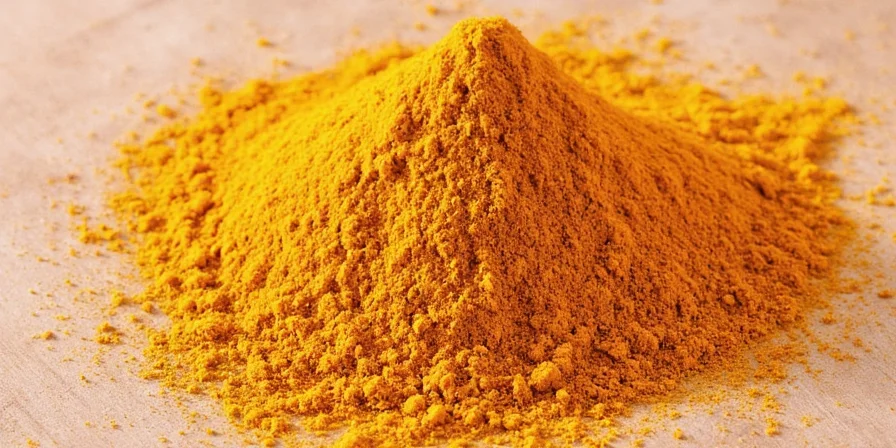









 浙公网安备
33010002000092号
浙公网安备
33010002000092号 浙B2-20120091-4
浙B2-20120091-4